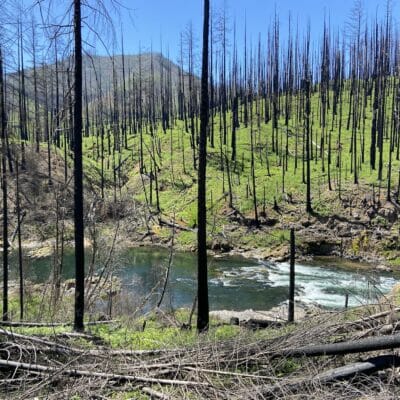
Featured
Podcast: What climate change means for trout and salmon
The climate-related news over the past year has been alarming, but Helen Neville, senior scientist at Trout Unlimited, sees reasons for hope.
In the face of drought, floods, and wildfire, we have reason for hope. We can help make our fisheries and communities more resilient. In fact, we already are.
Jump to:
Climate change is not waiting for us in some distant day. It’s here, now. For trout and salmon, the problem is clear enough at the most basic level.
Trout and salmon rely on cold, clean water in a world that is rapidly warming.
Persistent drought, massive wildfires, catastrophic flooding—our newsfeeds are filled with threats to our world, to our communities and to these fish that are knitted into the fabric of so many of our lives.
But at TU, we’re optimists. We have reason for hope. We know how to help trout and salmon, and our communities, weather climate change. We believe we can help. In fact, we already are.
Looking to get involved?
8 PM ET
Fourth Thursday / Every Month
Join Us Every Month
Join the conversation about climate.
Research by TU scientists drives work to help native and wild trout and salmon species on the front lines of climate change.
By reconnecting fragmented streams and restoring degraded habitat, we make our lands, waters, and communities more resilient in the face of climate change.
With your help, we can persuade decision makers to invest in climate resiliency and get at the root of the problem: cutting carbon emissions.
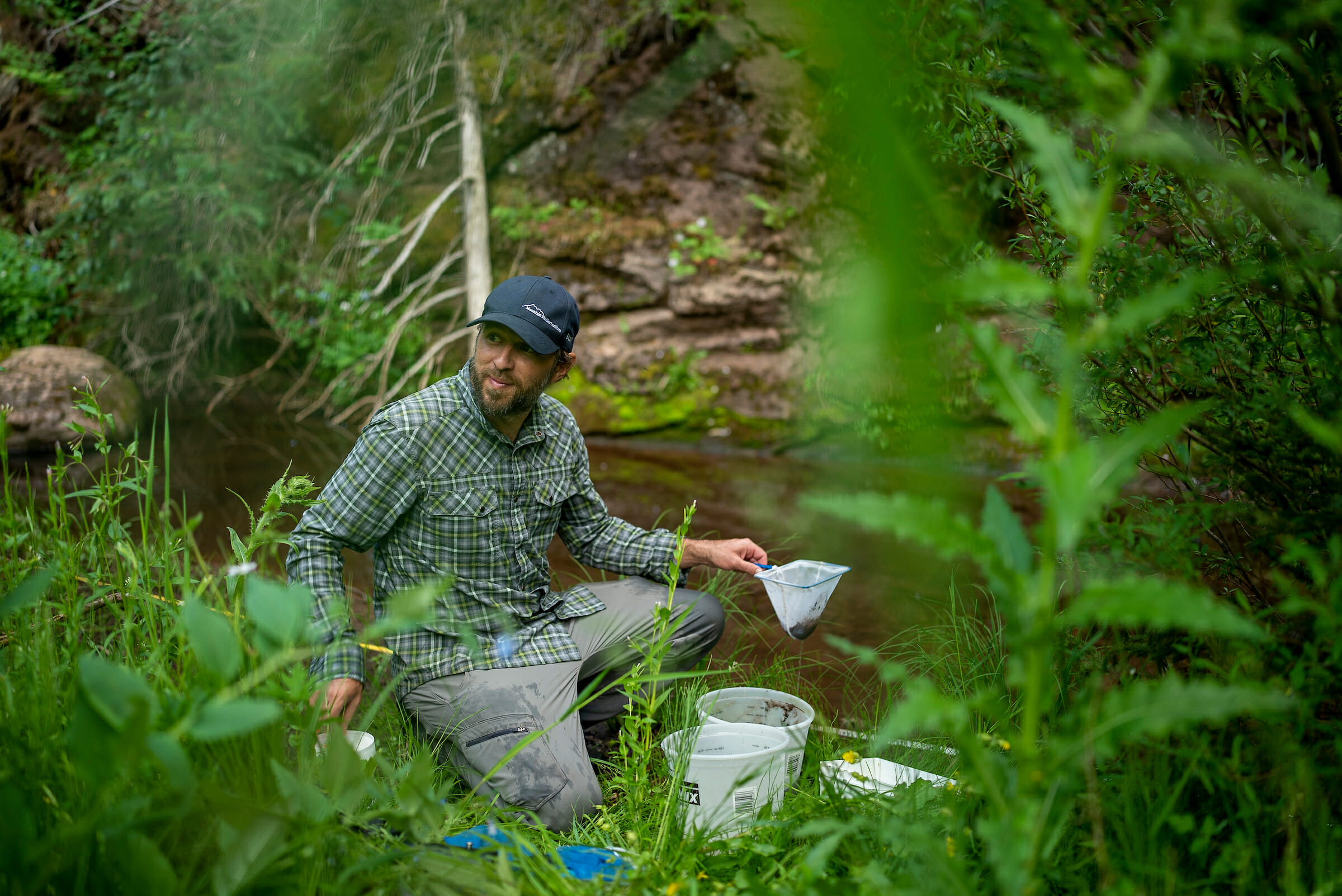
Science & Research Drive Us
The past seven years have been the hottest ever recorded. “Heat domes” have the west cooking for weeks.
Half the country is in a drought. The West is experiencing a “megadrought.” We are witnessing reduced winter snowpack, earlier runoff, and lower summer flows. Iconic waters are closed to fishing more often than ever.
We are seeing an increase in wildfires—both in intensity and in acreage burned.
And we are registering more extreme rainstorms and more frequent flooding.
Winter snowpack keeps Western rivers flowing cold in the summer. When there is less snowfall and earlier melts, that means less water when downstream fish need it.
Drought means increased water demands for communities and irrigators, and less water for fish.
As water temperatures rise and streamflows decline, streams have less dissolved oxygen and trout have less suitable habitat—fewer places to go during summer heat spells and dry periods.
When heavy rains hit landscapes disturbed by fires, streams fill with sediment. For fish that spawn in the fall, wintertime flooding can scour eggs from redds, imperiling the next generation.

Featured
The climate-related news over the past year has been alarming, but Helen Neville, senior scientist at Trout Unlimited, sees reasons for hope.
Though native trout have long persisted in a landscape with fire, the scale of today’s wildfires can threaten entire populations.
The models suggest that rising temperatures could lead to a 77 percent decline in brook trout habitat in the East. Studies predict a 50 percent decline in native cutthroat habitat by 2080.
Trout and salmon have evolved and adapted over millions of years in the face of changing conditions. But they will not survive climate change without our help.
Field Notes
We’re already seeing impacts of climate change on our rivers and our communities. Read what our field staff and partners are seeing.
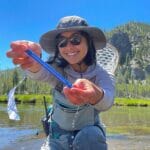

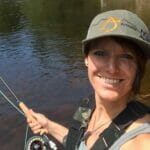



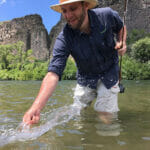

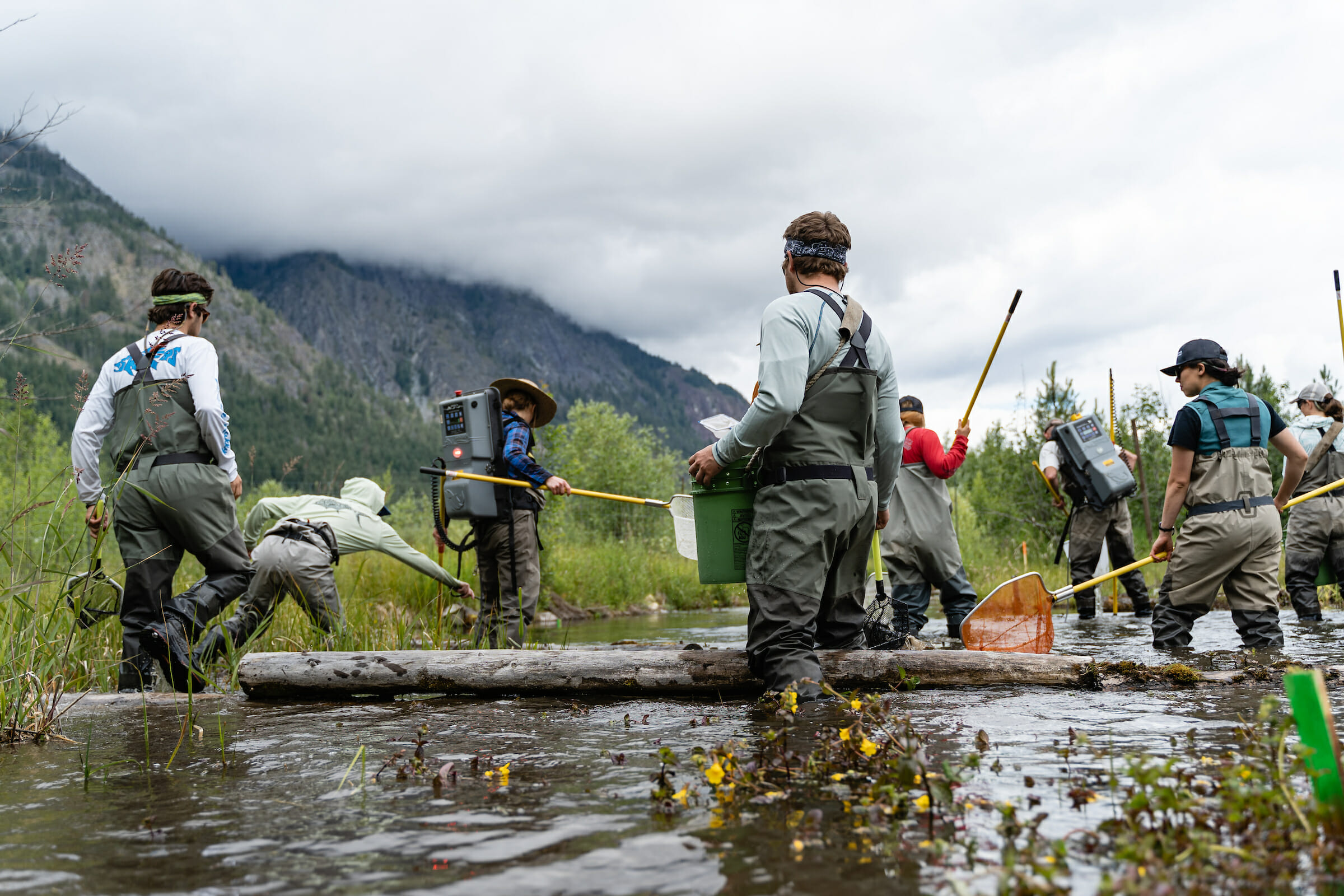
Restoring Streams and Fisheries
So what makes us hopeful?
America’s legacy of fragmented streams, degraded habitat conditions, and invasive species make it harder for trout and salmon to adapt to changing conditions.
But in this legacy lies opportunity that aligns directly with TU’s mission.
By creating structures that mimic beaver dams, adding in-stream structure and bends to build deep pools, and restoring wet meadows, we reconnect streams to their floodplains, create natural wildfire breaks, and enhance trout and salmon habitat.
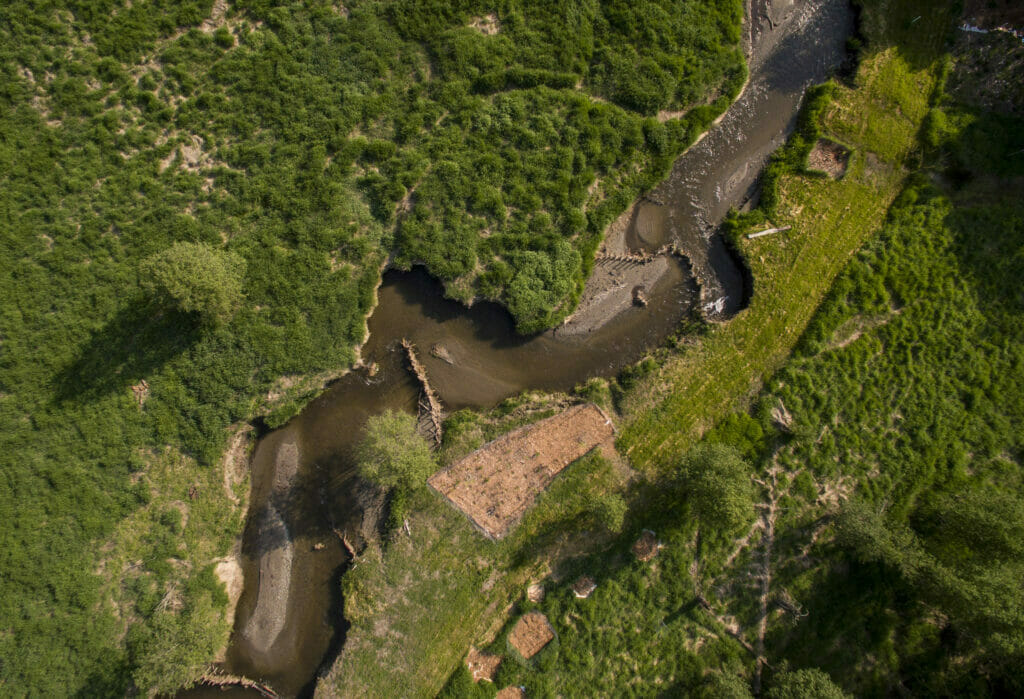
Featured
Trout Unlimited and other like-minded groups are turning to beavers — and certainly taking inspiration from them—to help restore resiliency to degraded public lands and waters.
By removing obsolete dams, replacing road culverts blocking fish passage, and upgrading irrigation infrastructure, we reconnect habitat, increase in-stream flows, and provide fish access to thermal refuges during summer heat spells, fires, and drought. By restoring streamside vegetation—doing something TU has done for years: planting trees—we keep temperatures cooler and waters healthier and help to take carbon out of the atmosphere.
All this work has multiple benefits. Reducing community flooding and fire risk while also improving fish and wildlife habitat. Saving farmers money while keeping more water in the streams for trout and migrating salmon. Storing water naturally for agricultural irrigation while providing cold water at key times for trout.
Our mission relies on financial supporters and volunteers just like you who want to keep America’s rivers and streams clean, healthy and fishable.
Not sure? Learn more
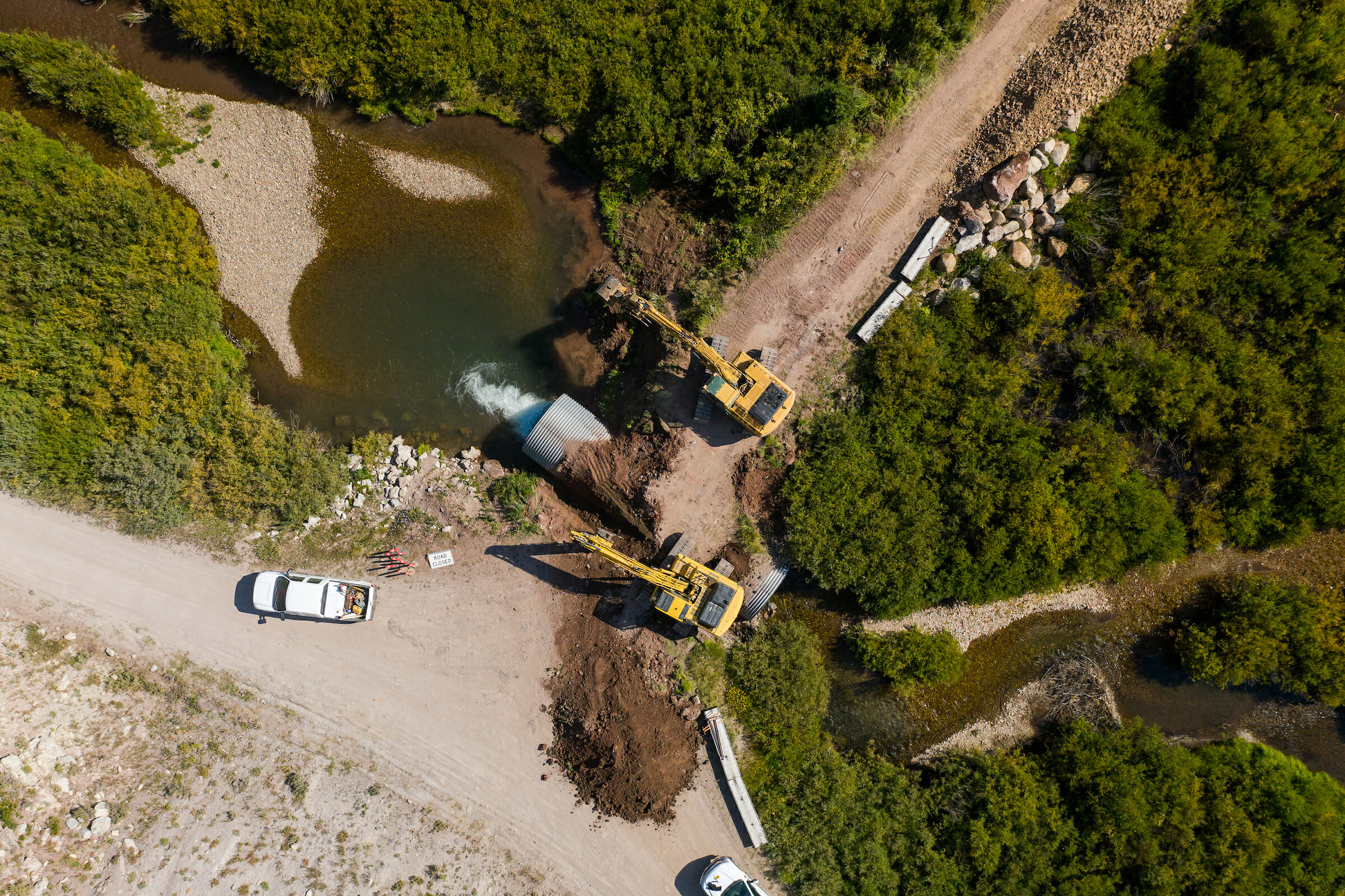
Driving Investment
The good news is that people get it.
At least 72 percent of Americans believe that climate change is occurring. At TU, the numbers are even higher: 89 percent .
We are educating anglers and mobilizing them to press decision-makers to act.
This is an opportunity for anglers, hunters, and others who love the outdoors. Our voice has long been the loudest in conservation. Today, on this issue, it is more important than ever.
Join us as we educate our communities about the threats.